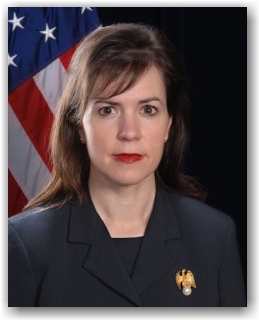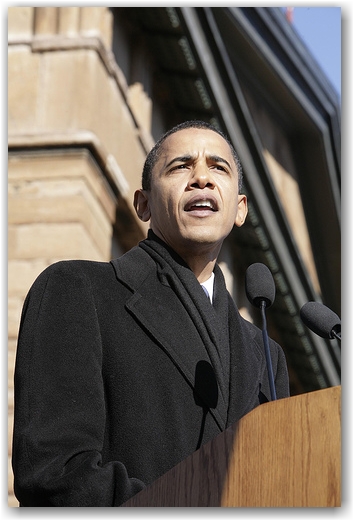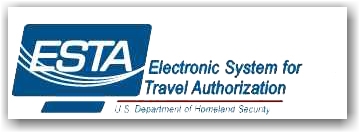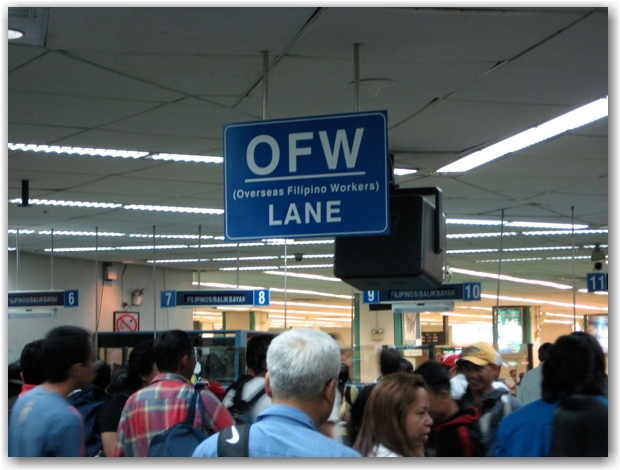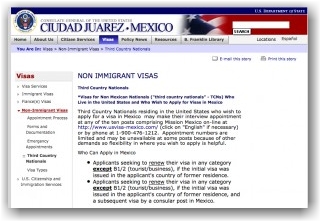By Brandon Meyer
Immigration Associate
Bad economic news seems to be everywhere. Stories of banking crises, bailouts, rising unemployment, plummeting securities and housing prices, rising inflation, rising gas and food prices, recession, depression, and the end of prosperity have all become ubiquitous over the past couple of months. The bottom and the subsequent rebound are nowhere to be seen. Now take a deep breath, exhale, and relax. At the time this column was written, I was on a flight from San Diego to Austin packed with business travelers. Oil and other commodity prices have fallen back in recent months after reaching record highs. There are signs that credit markets are beginning to function again. Insofar as pundits cannot oversell the good times (remember Dow 36,000?), pundits cannot resist the temptation to oversell doom and gloom (remember predictions last summer that oil would reach $500 a barrel?). An October 26, 2008 article in the New York Times entitled “Forecasters Race to Call the Bottom to the Market”, explains this phenomenon in greater detail.
The outcome to recent manifestations of economic instability will hopefully be much more mundane. We will all muddle through somehow, although this may seem hard to reconcile for people under the age of 30 who have never really lived through a period of economic instability. Economic growth may be slow to non-existent for the foreseeable future, but full-scale economic collapse is unlikely.
What impact does this economic uncertainty have on immigration for employers and employees alike? Many employers may contemplate downsizing in order to cut costs or reduce employee work hours (“benching”) or pay. While these strategies may be necessary from a business perspective, employers need to keep in mind the potential impact on their foreign national employees. Employers with E-3 Australian and H-1B employees must ensure that any downward revision of wages received by these employees do not fall below the figure listed on the Labor Condition Application (“LCA”) that was obtained on their behalf. Failure to comply with wage obligations of an LCA could be considered noncompliance by the U.S. Department of Labor and could lead to negative consequences for the company. Employers are also required to offer H-1B employees who have been involuntarily terminated the cost of return transportation to their last place of foreign residence. This requirement does not extend to E-3 or TN workers or to dependents of H-1B employees. It is important to consult your labor or immigration attorney prior to terminating, benching, reducing working hours, or reducing wages for foreign national employees.
Furthermore, health care providers must ensure that offers of permanent employment to immigrant nurses also remain at a level equal to the prevailing wage of the Immigrant Visa petition (“IV”) that was filed on their behalf.
The upside for employers is that if unemployment continues to rise, the opportunities for recruiting highly skilled, highly qualified workers increases. Recruiting top-notch workers now places employers in a good position to capitalize on better times in the future.
Some industries, such as banking and finance, will face tough times for the foreseeable future. Some companies, such as Lehman Brothers, have already, or will disappear in the future. Others, such as Wachovia, will be purchased and subsumed into their new owner’s business. Other industries, such as health care, are more insulated from economic slowdowns, and in fact may be poised for greater growth as Baby Boomers enter their golden years.
Foreign national employees generally feel a greater sense of insecurity during periods of economic uncertainty, as they may believe that their immigrant status makes them more vulnerable to selection for any company downsizing. How companies manage this (mis)perception is critical for maintaining employee morale and retention.
In addition to the LCA and return transportation protections for H-1B employees, there are a number of other protections for foreign national employees. Chief among them are provisions allowing H-1B employees to change employers upon the filing of a new H-1B petition, provided the employee is maintaining H-1B status. Upon termination, H-1B employees generally have ten days to depart the United States. H-1B change of employers provisions are helpful in allowing an H-1B employee to change employers in the wake of corporate downsizing, provided that the H-1B employee is still on the books of the initial company at the time of filing of the H-1B petition by the new employer. The H-1B employee can commence employment with the new company upon proper filing of the new H-1B petition. Please consult your immigration attorney prior to terminating an H-1B employee or hiring a new H-1B employee pursuant to the H-1B change of employer provisions.
An even more important protection for foreign national employees rests in the Adjustment of Status (“AOS”) portability provisions of the American Competitiveness in the 21st Century Act (“AC-21”). A foreign national with an AOS application pending for 180 days or more based on an approved or pending (with the proviso that the petition was ‘approvable when filed’) IV petition on Form I-140, that has not been withdrawn by the petitioning company or otherwise revoked by USCIS, may seek employment with a different employer in a ‘same or similar’ occupation that the I-140 petition was filed. The foreign national should notify USCIS of the change of employer, along with a description of how the new job opportunity is the ‘same or similar’ to the job opportunity described in the I-140 petition. In the absence of governing regulations, there is a lot of grey area and wide divergence of practice for how employers and employees handle AOS portability situations. However, USCIS expects to publish regulations governing AC-21 that purport to address these issues in the near future. Please consult your immigration attorney when encountering employees with possible AC-21 issues.
The next economic boom is always just around the corner. Strong companies will emerge from this period of economic uncertainty stronger and ready to seize upon new opportunities. Employees can also emerge stronger and wiser from the experience.
I will be attending the 21st Annual AILA California Chapters Conference from November 13th through 15th in San Francisco, California. I will report on any developments and other pertinent information that may emerge from this Conference in the December 2008 Immigration Solutions newsletter.
Stay tuned!
